Kitchen Flooring: Ceramic or Porcelain & Color???
owaller
16 years ago
Related Stories
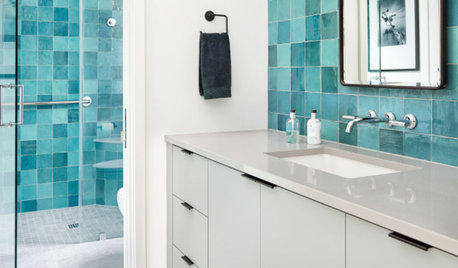
TILEPorcelain vs. Ceramic Tile: A Five-Scenario Showdown
Explore where and why one of these popular tile choices makes more sense than the other
Full Story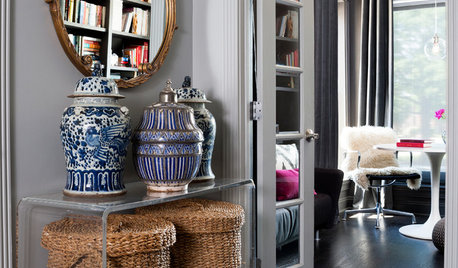
ACCESSORIES9 Fresh Ways to Use Classic Blue and White Ceramics
Add a crisp, clean touch to a room with a china or porcelain jar — or a collection of them
Full Story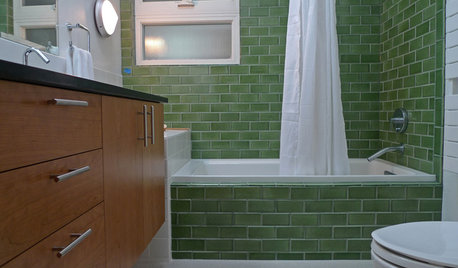
BATHROOM DESIGNBathroom Surfaces: Ceramic Tile Pros and Cons
Learn the facts on this popular material for bathroom walls and floors, including costs and maintenance needs, before you commit
Full Story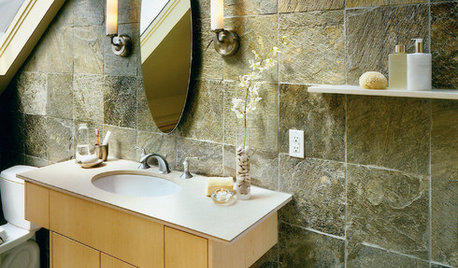
REMODELING GUIDESGet Stone and Ceramic Surfaces Super Clean
Keep your kitchen or bathroom looking as good as on installation day with the right cleaning methods for counters and tiles
Full Story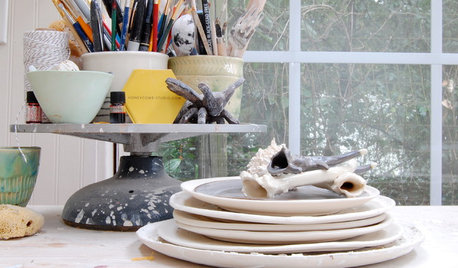
OUTBUILDINGSStudio Tour: From Old Shed to Sunny Ceramics Workshop
Elegant porcelain antlers and more now emerge from an Atlanta outpost where critters once roosted
Full Story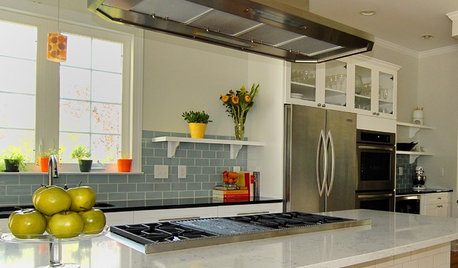
KITCHEN DESIGNGet Quartz and Porcelain Surfaces Super Clean
These cleaning tips for quartz, travertine, porcelain and engineered stone will help keep your countertops and sinks looking spotless
Full Story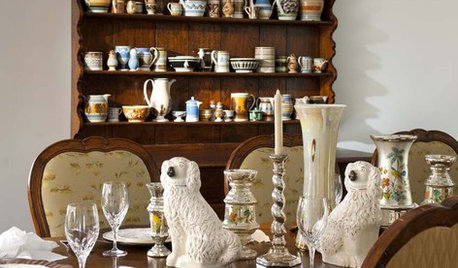
TRADITIONAL STYLEDecorating With Antiques: The Magic of Ceramics
Bring charm and beauty to a room with collected ceramics — used as intended or entirely reinvented
Full Story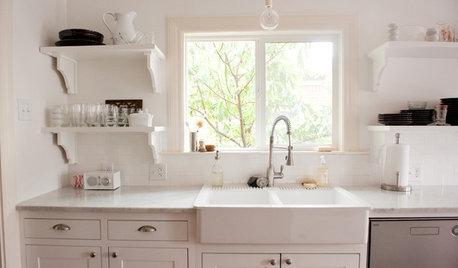
KITCHEN DESIGNKitchen Sinks: Easy-Clean, Surprisingly Affordable Ceramic
You get a lot for the price with ceramic sinks, and they're available everywhere. See the pros and cons here
Full Story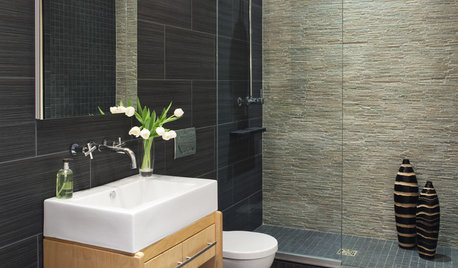
REMODELING GUIDESChoosing Tile: Durable, Versatile Porcelain
Get the Look of Stone, Metal, Terracotta and More With Today's Porcelain Tile
Full Story
BLUETwist on Tradition: Blue and White Porcelain
9 ways to show off these lovely pieces all over the house
Full Story


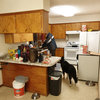
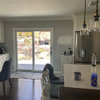

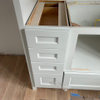
teedup1
cocontom
Related Discussions
Porcelain or ceramic for shower floor?
Q
What kind of tiles for kitchen (ceramic, porcelain, marble)
Q
Runner of Porcelain or Ceramic within Wood floor???
Q
Kitchen Floor: Travertine vs Porcelain or Ceramic
Q
glad
MariposaTraicionera
plllog
sherilynn
plants4